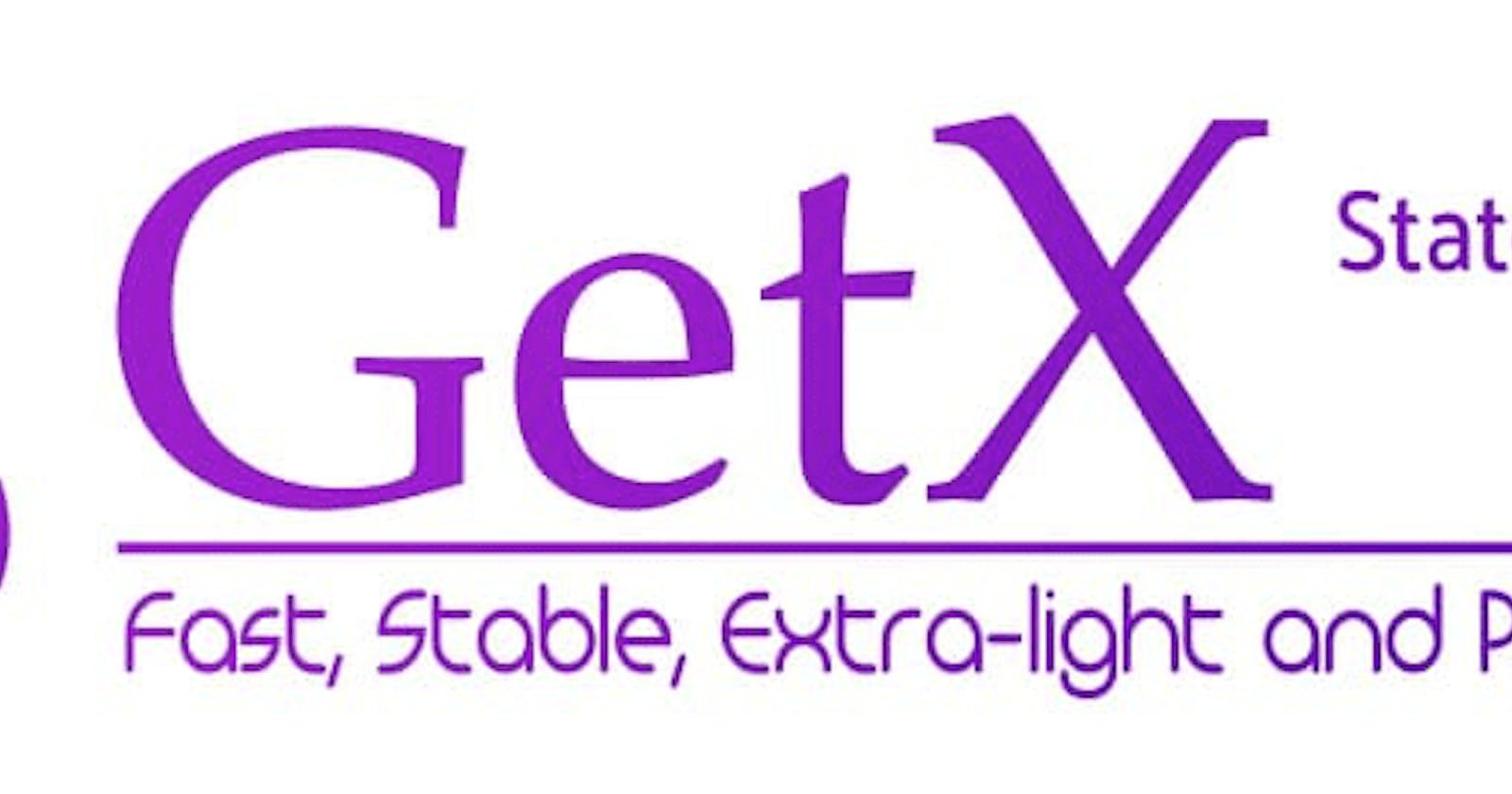Table of contents
GetX is a state management package for Flutter that is quickly gaining popularity. It is based on the concept of reactive programming, and it provides a number of features that can make your Flutter development more efficient and productive.
In this blog post, I will introduce you to GetX and show you how to use it in your Flutter projects. I will also provide some tips on how to get the most out of GetX.
What is GetX?
GetX is a state management package for Flutter that is based on the concept of reactive programming. Reactive programming is a programming paradigm that allows you to write code that reacts to changes in data. This can be very useful in Flutter, where you often need to update the UI in response to changes in the state of your application.
GetX provides a number of features that can make your Flutter development more efficient and productive. These features include:
State management: GetX provides a way to manage the state of your application in a centralized location. This can help to keep your code organized and easy to maintain.
Reactivity: GetX is based on the concept of reactive programming, which means that it can automatically update the UI in response to changes in the state of your application.
Dependency injection: GetX provides a way to inject dependencies into your widgets. This can help to keep your code modular and easy to test.
Internationalization: GetX provides support for internationalization, which means that you can easily create apps that support multiple languages.
How to use GetX
To use GetX, you first need to install it. You can do this by running the following command in your terminal:
pub add get
Once you have installed GetX, you can start using it in your Flutter projects. To do this, you need to import the GetX package into your code. You can do this by adding the following line to your code:
import 'package:get/get.dart';
Once you have imported GetX, you can start creating GetX controllers. A GetX controller is a class that manages the state of your application. To create a GetX controller, you need to extend the GetxController class.
For example, the following code creates a GetX controller for a simple counter app:
class CounterController extends GetxController {
int counter = 0;
void increment() {
counter++;
update();
}
}
The CounterController class has a single property, called counter. This property is initialized to 0. The increment() method increments the counter by 1. The update() method is called whenever the counter changes. This method is responsible for updating the UI in response to changes in the counter.
To use the CounterController class, you need to inject it into your widgets. You can do this by using the Get.put() method. The following code injects the CounterController into a Scaffold widget:
Scaffold(
appBar: AppBar(
title: Text('Counter'),
),
body: Center(
child: GetBuilder<CounterController>(
builder: (_) => Text(
'${_.counter}',
style: TextStyle(fontSize: 36),
),
),
),
floatingActionButton: FloatingActionButton(
onPressed: () => _.increment(),
child: Icon(Icons.add),
),
)
The GetBuilder widget is a special widget that allows you to access the state of a GetX controller. In this case, the GetBuilder widget is used to access the counter property of the CounterController class. The Text widget is used to display the value of the counter.
Tips for using GetX
Here are a few tips for using GetX
Use GetX to:
manage the state of your application.
inject dependencies into your widgets.
internationalize your apps.
create reusable components.
test your code.
Conclusion
GetX is a powerful state management package for Flutter. It can help you to write code that is more efficient, productive, and maintainable. I encourage you to try it out and see how it can help you to improve your Flutter development.
